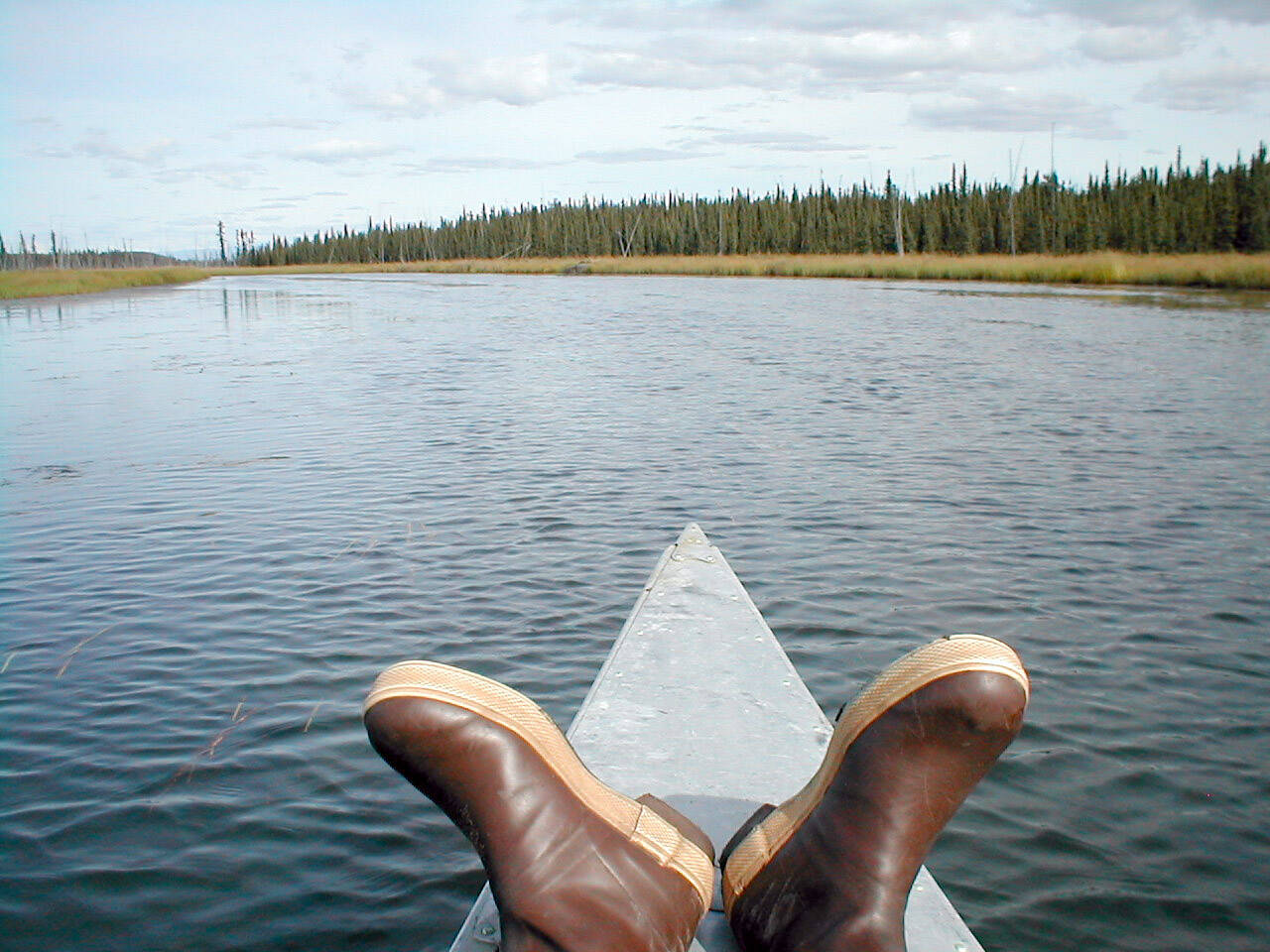Editor’s note: This is the fourth of a four-part series.
“Those who have never seen Superior get an inadequate, even inaccurate, idea by hearing it spoken of as a lake, and to those who have sailed over its vast extent, the words sound ludicrous. Through its waters are fresh and crystal, Superior is a sea,” the Reverend George Grant, 1872.
In Bonnie Dahl’s book “Superior Way: The Cruising Guide to Lake Superior,” she also notes the lake’s enormousness.
She states, “to call Lake Superior a lake is an anomaly; it is this as its size alone dictates that it is an inland sea. Belonging to the largest freshwater system in the world, Lake Superior has the largest surface area of any freshwater lake on earth, more than 31,000 square miles; it is 383 miles long and 160 miles wide at its greatest breadth. Lake Superior’s average depth is 487 feet; in some places, it exceeds almost 1300 feet. These dimensions make it the largest volume of freshwater in this hemisphere.”
The lake holds 3 quadrillion gallons of water!
Ilya Klavana states in “Coureur Des Bois” that he paddled 18 hours and then another 13 hours, cutting across vast open water sections. He says his nerves were basically shot, but these bold moves allowed him to get across Lake Superior in a matter of days. He had a lot of sand, that’s for sure!
When it was my turn to experience the lake, I did have some beautiful, calm days on Lake Superior toward the end, but I also got into some big water and a lot of fog. I was windbound for several days.
Another day the wind picked up, and the waves became big and rolling, and my view was water and then sky and then water and then sky. It was big rolling water, but I didn’t feel like I was in danger; it was fun.
Another day I was trying to work my way through a cluster of islands, and a fog rolled in so thick I couldn’t see the end of my kayak. I bumped into the islands until I finally pulled over and made camp because I couldn’t find my way through. But I did eventually get across the Greatest of Lakes.
I continued paddling, portaging and making camp, and then I’d repeat it the next day. It became a moving meditation for me. My mind was clear, my body strong, and my spirit content.
But the goal of the trip had changed. Instead of it being a race against myself across a continent, it became a journey for me.
That being said, I ultimately knew I wouldn’t make it. I had made many mistakes. Besides my boat not floating, not taking a GPS had been near catastrophic.
So, I began looking at this like a practice run, and I was already planning how I would return and complete this journey before it was even done.
I made it as far as the great and powerful Churchill River in Saskatchewan. Here is where I ended my trip. I had become very ill with Giardia. It felt like all of my insides were trying to get outside of me, and an old shoulder injury was crunching every time I took a paddle stroke.
I needed to make more progress to make it to Nome that season. I had traveled roughly halfway. So, I decided I’d be back.
I got home, married, had a daughter and life took me in another direction. Kayaking alone for months at a time now became just a beautiful dream.
In the summer of 2022, I got a job at the Kenai National Wildlife Refuge, working on the trail crew. Come to find out that this nearly 2 million acre refuge is home to one of only two designated protected canoe areas in the nation, the other being the Boundary Waters Canoe Area.
Dave Atcheson’s book “Canoeing Yaghanen (the good land): A Guide to Kenai National Wildlife Refuge’s Swan Lake and Swanson River Canoe Systems,” directs us in exploring the Swan Lake and Swanson River canoe systems’ 120 miles of lakes, streams and portage trails.
For those who haven’t spent time in the canoe system, much of it is within the Dave Spencer Wilderness Unit in the northwestern corner of the refuge.
The refuge is a federally designated public land that receives government protection and is part of the National Wilderness Preservation System, “where wilderness shall be devoted to the public purpose of recreation, scenic, scientific, educational, conservation and historical use.”
Dave Atcheson noted that the Swan Lake and the Swanson River canoe systems are “a paddlers paradise, made up of two distinct systems, each with its entry points.”
Since my arrival, I have briefly explored both of the “Paddlers Paradises,” and they truly rekindled my love of canoeing in the wilderness. So, while I may never cross a continent in a single season in a kayak alone, I plan on canoeing with my family through this magical area and uncovering its treasures for many years to come.
I was raised on one canoe system and now find myself raising my own family near its cousin; I wonder what journeys this will take us on.
Nate Grinnell is a seasonal on the Kenai National Wildlife Refuge trail crew, with deep ties to river adventures. Find out more about refuge events, recreation, and more at kenai.fws.gov or Facebook: https://www.facebook.com/kenainationalwildliferefuge and more Refuge Notebook articles (1999–present) at https://www.fws.gov/kenai-refuge-notebook.

